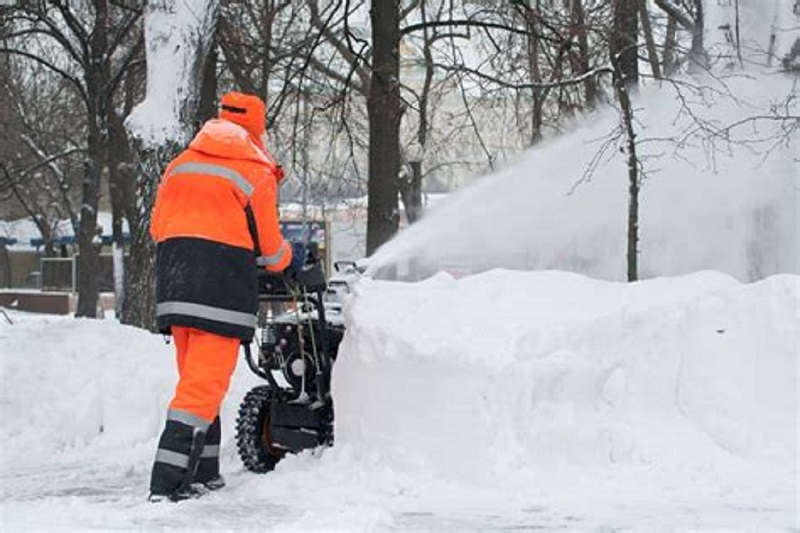KU-EHS November Safety Tip: Working in Cold Weather

Anyone working (or playing) in cold weather needs to be aware of the effects that extremely low temperatures have on the body. Cases of cold stress, hypothermia, and frostbite have declined slightly in the past 20 years due to education and the availability of better types of outdoor clothing, but for employees who need to work outdoors in bad weather, the risk of these injuries is still very real.
We can reduce the hazard by allowing time for workers to acclimate to working in cold weather and limiting the length of outdoor shifts help prevent cold-related injuries. The right types of protective clothing are also essential.
Doctors and scientists have debunked the myth that we lose most of our body heat through our head, but it is still important to cover your head, ears, and face to protect them from frostbite. Consider the work that will need to be done when choosing coats, hats, and scarves. Coats with hoods may seem more convenient, but they can limit vision and mobility. Gloves may afford more dexterity and are essential for certain types of work, but mittens will keep hands warmer longer. Scarves may get caught on ladder rungs or snag on sharp objects and may need to be tucked into coats. Even if it means keeping track of multiple pieces of protective gear, it is important to select protective items that will not impede your work or safety.
Cold weather affects the body’s extremities first. In addition to hats and mittens, keeping feet warm and dry is essential. But it can be difficult, especially if the employee needs to work in deep snow. According to the Centers for Disease Control and Prevention (CDC), wet feet lose heat 25 times faster than dry feet. Keeping spare dry socks and boots on hand to rotate during breaks or between shifts will help prevent cold-related injuries.
Strains, overexertion, heart attacks, falls, and broken bones are all common injuries that occur when people remove snow or ice from parking lots, driveways, sidewalks, and rooftops. The incident rates for each of these injuries increases with age.
Even the simple act of walking on a snow or ice covered surface is hazardous. Gloves or mittens will help to avoid the tendency to keep your hands in your pockets, a practice that can hinder efforts to maintain balance.
Wearing safety glasses when using a snow blower will protect eyes from flying objects. Choosing glasses with polarized lenses will further shield the eyes from the glare reflecting off of snow and ice-covered areas. When removing snow or ice from rooftops, employees should be extra diligent about wearing fall harnesses and using other fall prevention equipment.